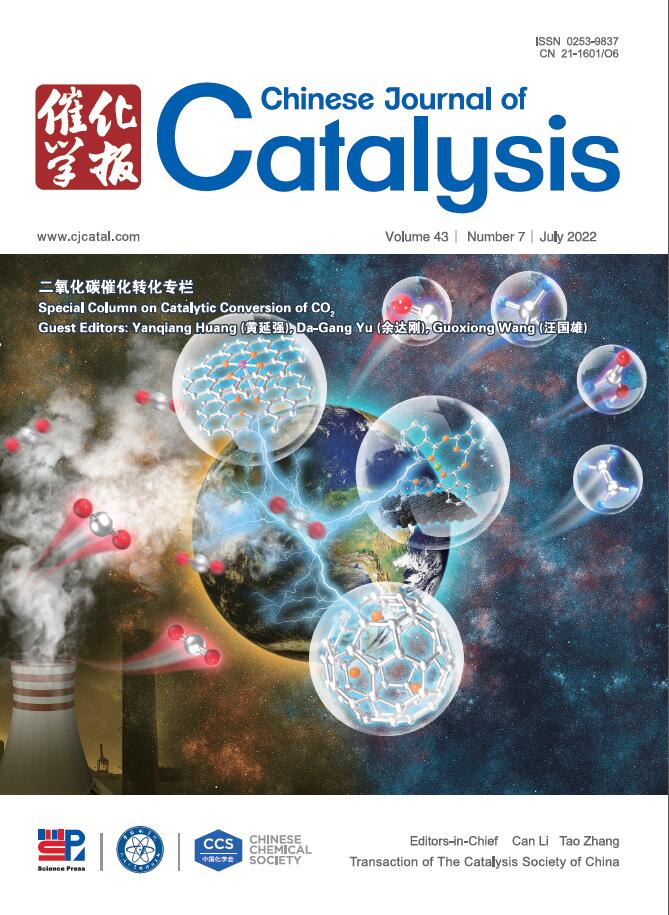Artificial metalloenzymes enabled by combining proteins with hemin via protein refolding
IF 15.7
1区 化学
Q1 CHEMISTRY, APPLIED
引用次数: 0
Abstract
In this study, we unveil a conceptual technology for fabricating artificial metalloenzymes (ArMs) by deeply integrating hemin into protein scaffolds via a protein refolding process, a method that transcends the conventional scope of surface-level modifications. Our approach involves denaturing proteins, such as benzaldehyde lyase, green fluorescent protein, and Candida antarctica lipase B, to expose extensive reactive amino acid residues, which are then intricately linked with hemin using orthogonal click reactions, followed by protein refolding. This process not only retains the proteins’ structural integrity but expands proteins’ functionality. The most notable outcome of this methodology is the hemin@BAL variant, which demonstrated a remarkable 83.7% conversion rate in cyclopropanation reactions, far surpassing the capabilities of traditional hemin-based catalysis in water. This success highlights the significant role of protein structure in the ArMs’ activity and marks a substantial leap forward in chemical modification of proteins. Our findings suggest vast potentials of protein refolding approaches for ArMs across various catalytic applications, paving the way for future advancements in synthetic biology and synthetic chemistry.
求助全文
约1分钟内获得全文
求助全文
来源期刊

Chinese Journal of Catalysis
工程技术-工程:化工
CiteScore
25.80
自引率
10.30%
发文量
235
审稿时长
1.2 months
期刊介绍:
The journal covers a broad scope, encompassing new trends in catalysis for applications in energy production, environmental protection, and the preparation of materials, petroleum chemicals, and fine chemicals. It explores the scientific foundation for preparing and activating catalysts of commercial interest, emphasizing representative models.The focus includes spectroscopic methods for structural characterization, especially in situ techniques, as well as new theoretical methods with practical impact in catalysis and catalytic reactions.The journal delves into the relationship between homogeneous and heterogeneous catalysis and includes theoretical studies on the structure and reactivity of catalysts.Additionally, contributions on photocatalysis, biocatalysis, surface science, and catalysis-related chemical kinetics are welcomed.
 求助内容:
求助内容: 应助结果提醒方式:
应助结果提醒方式:


